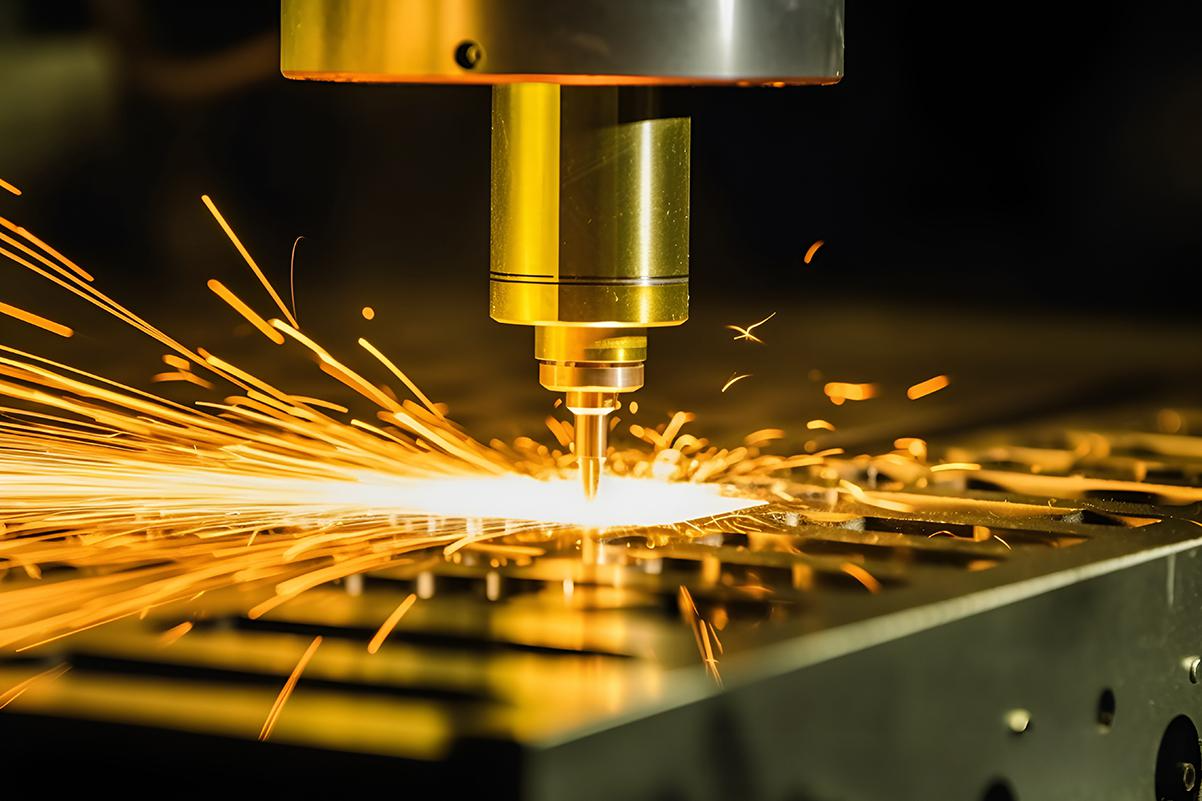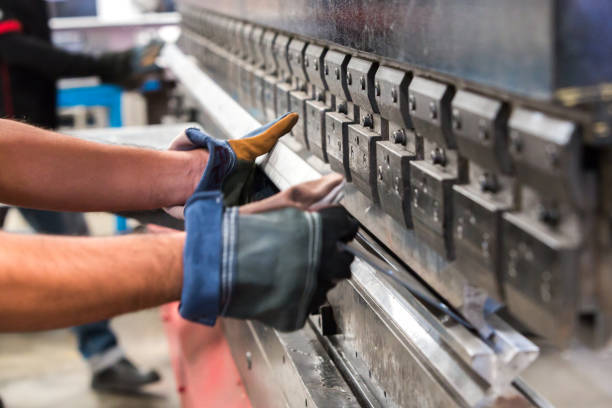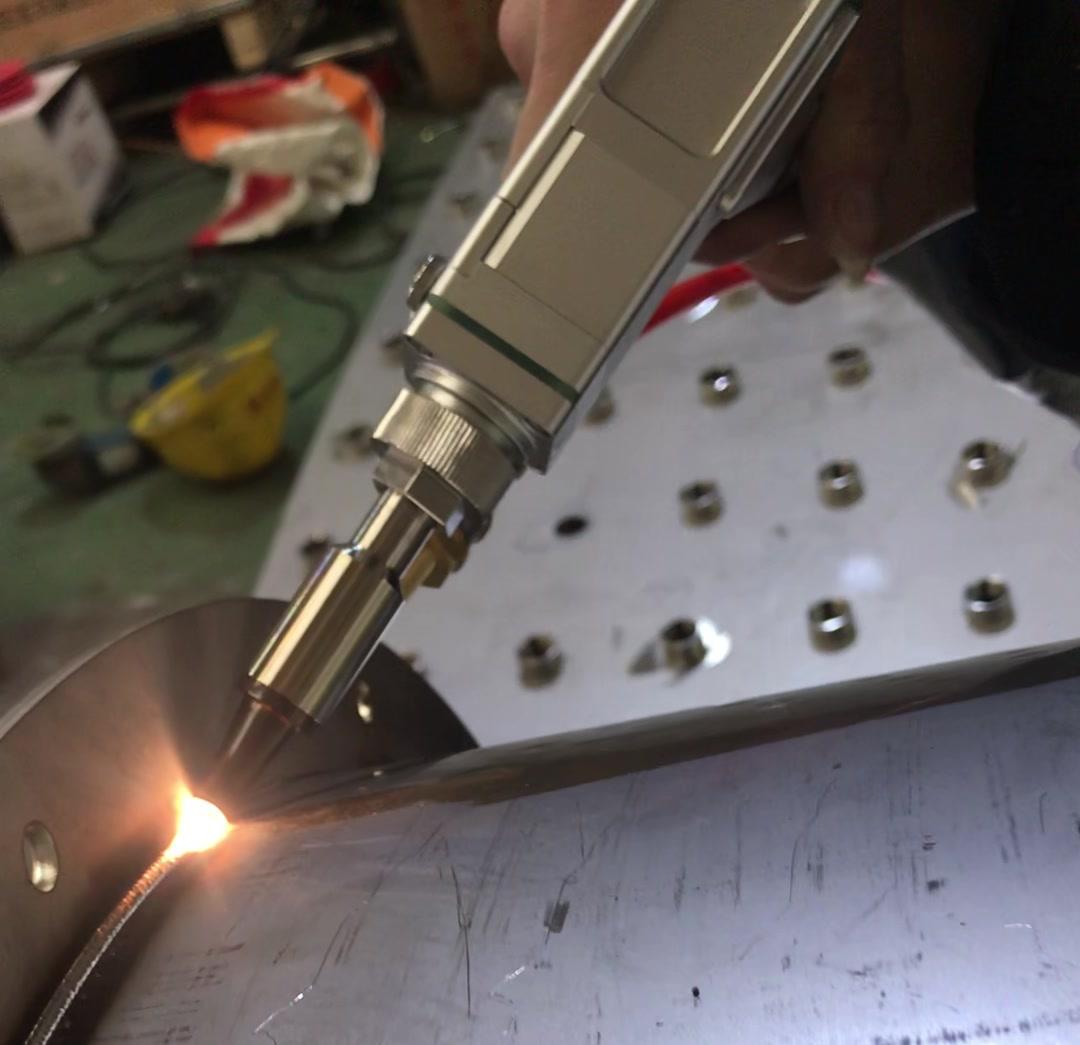How sheet metal part is manufactured
Sheet metal manufacturing is a fundamental process in modern industrial production, enabling the creation of durable, lightweight, and cost-effective components for various industries, including automotive, aerospace, construction, and electronics. The process involves transforming flat metal sheets into desired shapes through cutting, bending, and assembling techniques. This article explores the key stages of sheet metal part manufacturing, the technologies involved, and their applications.
1. Understanding Sheet Metal Materials
The first step in sheet metal manufacturing is selecting the appropriate material based on the part's function, strength requirements, and environmental conditions. Common materials include:
- Steel (Mild Steel, Stainless Steel, Galvanized Steel) – Known for durability and cost-effectiveness.
- Aluminum – Lightweight and corrosion-resistant, ideal for aerospace and automotive applications.
- Copper & Brass – Used in electrical components due to excellent conductivity.
- Titanium – High strength-to-weight ratio, often used in aerospace and medical devices.
Material selection impacts the manufacturing process, as different metals require specific cutting, bending, and finishing techniques.
2. Sheet Metal Cutting Processes
Once the material is selected, the next step is cutting the metal sheet into the desired shape. Several cutting methods are employed in sheet metal manufacturing:
 Laser Cutting A high-precision method that uses a focused laser beam to cut intricate designs with minimal material waste. It is ideal for complex geometries and thin to medium-thickness metals. Plasma Cutting Suitable for thicker metals, plasma cutting uses ionized gas to melt and remove material. While less precise than laser cutting, it is faster for heavy-duty applications. Waterjet Cutting This method employs a high-pressure water stream mixed with abrasives to cut metal without generating heat, preventing material distortion. It is perfect for heat-sensitive metals. Punching & Shearing Mechanical processes where a punch press or shear cuts the metal. Punching is used for creating holes, while shearing is for straight cuts. 3. Sheet Metal Bending & Forming
Laser Cutting A high-precision method that uses a focused laser beam to cut intricate designs with minimal material waste. It is ideal for complex geometries and thin to medium-thickness metals. Plasma Cutting Suitable for thicker metals, plasma cutting uses ionized gas to melt and remove material. While less precise than laser cutting, it is faster for heavy-duty applications. Waterjet Cutting This method employs a high-pressure water stream mixed with abrasives to cut metal without generating heat, preventing material distortion. It is perfect for heat-sensitive metals. Punching & Shearing Mechanical processes where a punch press or shear cuts the metal. Punching is used for creating holes, while shearing is for straight cuts. 3. Sheet Metal Bending & Forming
After cutting, the metal is shaped through bending and forming operations. Key techniques include:
 Press Brake Bending A press brake machine uses a punch and die to bend the metal at precise angles. CNC-controlled press brakes ensure high accuracy for complex parts. Roll Forming Used for creating curved or cylindrical shapes, roll forming passes the metal sheet through a series of rollers to achieve gradual bends. Stamping & Deep Drawing Stamping presses metal into dies to form shapes, while deep drawing stretches the metal into deep cavities (e.g., automotive fuel tanks). 4. Joining & Assembly
Press Brake Bending A press brake machine uses a punch and die to bend the metal at precise angles. CNC-controlled press brakes ensure high accuracy for complex parts. Roll Forming Used for creating curved or cylindrical shapes, roll forming passes the metal sheet through a series of rollers to achieve gradual bends. Stamping & Deep Drawing Stamping presses metal into dies to form shapes, while deep drawing stretches the metal into deep cavities (e.g., automotive fuel tanks). 4. Joining & Assembly
Once individual parts are formed, they are assembled using various joining techniques:
 Welding Common methods include MIG, TIG, and spot welding, which fuse metal parts together. Riveting & Fastening Mechanical fasteners like screws and rivets are used when disassembly may be required. Adhesive Bonding High-strength adhesives provide a seamless join without thermal distortion. 5. Finishing & Surface Treatment
Welding Common methods include MIG, TIG, and spot welding, which fuse metal parts together. Riveting & Fastening Mechanical fasteners like screws and rivets are used when disassembly may be required. Adhesive Bonding High-strength adhesives provide a seamless join without thermal distortion. 5. Finishing & Surface Treatment
To enhance durability and aesthetics, sheet metal parts undergo finishing processes:
- Powder Coating – Provides a durable, corrosion-resistant layer.
- Anodizing (for Aluminum) – Improves corrosion resistance and allows for coloring.
- Plating (Zinc, Chrome, Nickel) – Enhances conductivity and wear resistance.
- Deburring & Polishing – Removes sharp edges for safety and improves surface smoothness.
6. Quality Control & Inspection
Ensuring precision is critical in sheet metal manufacturing. Inspection methods include:
- CMM (Coordinate Measuring Machine) – Verifies dimensional accuracy.
- Laser Scanning – Checks for deviations from CAD models.
- Visual & Manual Inspection – Ensures surface quality and fitment.
7. Applications of Sheet Metal Parts
Sheet metal components are ubiquitous in industries such as:
- Automotive – Body panels, chassis, exhaust systems.
- Aerospace – Aircraft skins, brackets, engine components.
- Electronics – Enclosures, heat sinks, brackets.
- Construction – HVAC ducts, roofing, structural frames.
Sheet metal manufacturing is a versatile and essential process that combines precision engineering with advanced technologies to produce high-quality components. From material selection to cutting, bending, and finishing, each step plays a crucial role in ensuring the final product meets industry standards. As automation and CNC technologies evolve, sheet metal fabrication continues to advance, offering faster production, higher accuracy, and greater design flexibility. For manufacturers looking to optimize their processes, understanding these techniques ensures efficient production and superior product performance. Whether for automotive, aerospace, or consumer electronics, sheet metal parts remain a cornerstone of modern manufacturing. 










